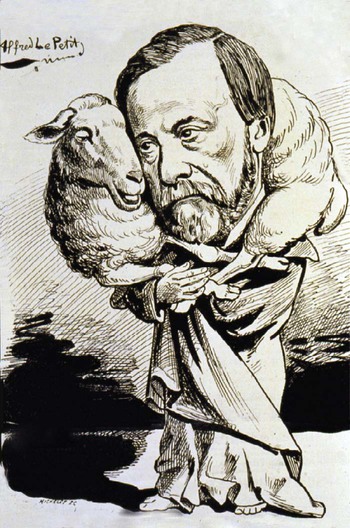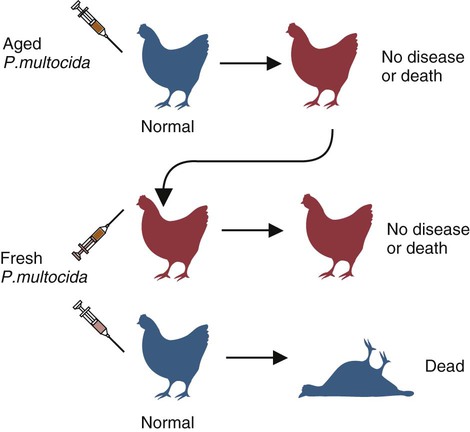• The immune system protects animals against microbial invasion and is therefore essential for life. • Multiple mechanisms are needed to ensure freedom from invasion. These include physical barriers that exclude invaders, innate immunity that provides rapid initial protection, and adaptive immunity that provides prolonged effective immunity. • These major defensive mechanisms are linked together to form complex interacting networks. As a result, changes in one area may result in diverse effects in many other areas of immunity. • One form of adaptive immunity is mainly directed against bacterial invaders and is mediated by antibodies. Antibodies are proteins that circulate in body fluids, especially in the bloodstream. They bind to bacteria and mark them for destruction. • Another form of adaptive immunity is mainly directed against viruses. It is called cell-mediated immunity. This employs cells that destroy abnormal cells such as those infected by viruses. • The adaptive immune system can remember prior exposure to foreign invaders and mount a faster and more effective response on subsequent exposure to that invader. This ensures an animal’s health and survival in the face of continuing microbial challenge. Outbreaks of rinderpest (then called cattle plague) had been a common occurrence throughout Western Europe since the ninth century and inevitably killed huge numbers of cattle. Since none of the traditional remedies appeared to work and the skin lesions in affected animals vaguely resembled those seen in smallpox, it was suggested in 1754 that inoculation might help. This process involved soaking a piece of string in the nasal discharge from an animal with rinderpest and then inserting the string into an incision in the dewlap of the animal to be protected. The resulting disease was usually milder than natural infection, and the inoculated animal became resistant to the disease. The process proved very popular, and skilled inoculators traveled throughout Europe inoculating cattle and branding them to show that they were protected against rinderpest (Box 1-1). The general implications of Jenner’s observations on cowpox and the importance of reducing the ability of an immunizing organism to cause disease were not realized until 1879. In that year, Louis Pasteur in France investigated fowl cholera, a disease caused by the bacterium now called Pasteurella multocida (Figure 1-1). Pasteur had a culture of this organism that was accidentally allowed to age on a laboratory bench while his assistant was on vacation. When the assistant returned and tried to infect chickens with this aged culture, the birds remained healthy (Figure 1-2). Saving money, Pasteur retained these chickens and subsequently used them for a second experiment in which they were challenged again, this time with a fresh culture of P. multocida known to be capable of killing chickens. To Pasteur’s surprise the birds were resistant to the infection and did not die. In a remarkable intellectual jump, Pasteur immediately recognized that this phenomenon was similar in principle to Jenner’s use of cowpox for vaccination. In vaccination, exposure of an animal to a strain of an organism that will not cause disease (an avirulent strain) can provoke an immune response. This immune response will protect the animal against a subsequent infection by a disease-producing (or virulent) strain of the same, or closely related, organism. Having established the general principle of vaccination, Pasteur first applied it to anthrax. He made anthrax bacteria (Bacillus anthracis) avirulent by growing them at an unusually high temperature. These attenuated organisms were then used as a vaccine to protect sheep against challenge with virulent anthrax bacteria. Pasteur subsequently developed a successful rabies vaccine by drying spinal cords taken from rabies-infected rabbits and using the dried cords as his vaccine material. The drying process effectively rendered the rabies virus avirulent (and probably killed much of it).
The Defense of the Body
A Brief History of Veterinary Immunology
The Defense of the Body
Only gold members can continue reading. Log In or Register to continue

Full access? Get Clinical Tree




